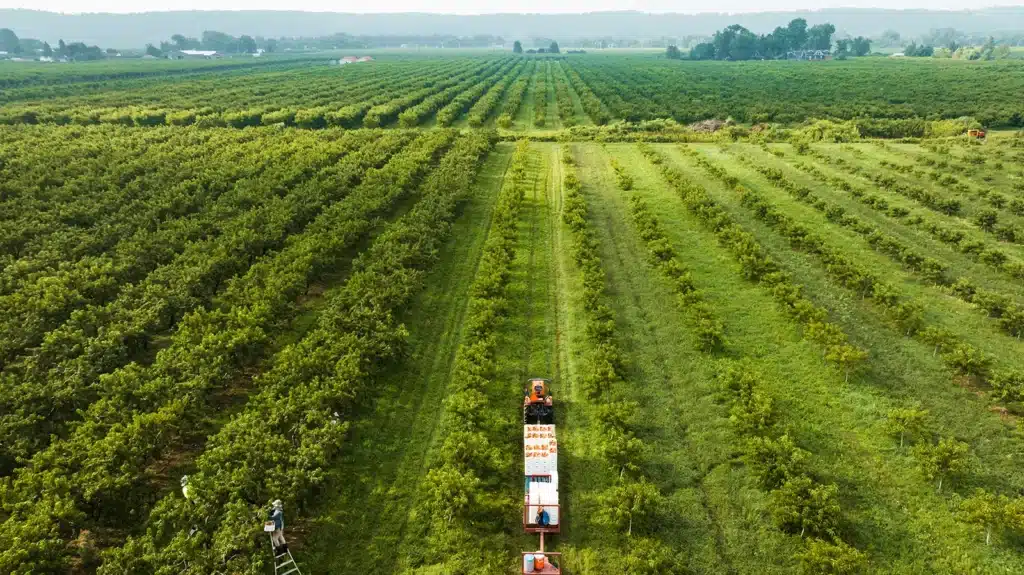Learn About the Greenbelt
One of the world’s largest, Ontario’s Greenbelt is 2 million acres of protected farmland, forests, wetlands, rivers, and lakes in the Greater Golden Horseshoe, one of the fastest growing regions in North America.
The world’s largest, Ontario’s Greenbelt consists of multiple ecologically and agriculturally significant areas including the Niagara Escarpment, Oak Ridges Moraine, Protected Countryside, Urban River Valleys, and the Holland Marsh and Niagara Tender Fruit and Grape Specialty Crop Areas.
For Over Twenty Years, Ontario’s Greenbelt Has Been
- Supporting sustainable agriculture and local food systems
- Safeguarding our precious water resources
- Protecting diverse natural ecosystems
- Mitigating the impacts of climate change
- Providing world-class outdoor recreation and tourism opportunities
- Sustaining thriving rural economies

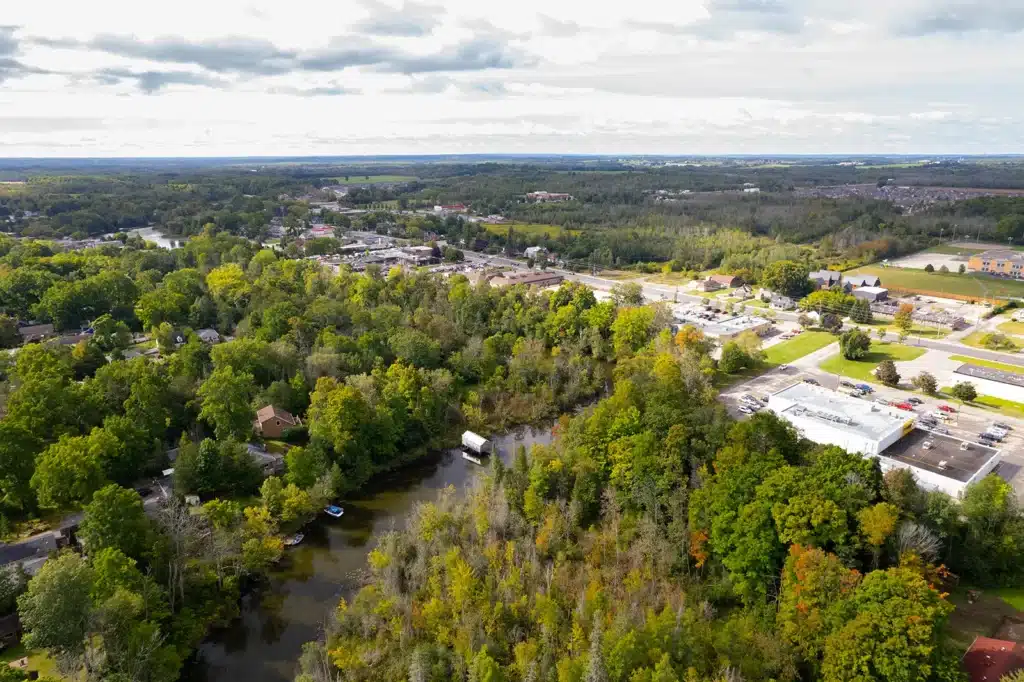
Ontario’s Fastest Growing Region
The Greater Golden Horseshoe (GGH) is one of the fastest growing regions in North America – up to 13.5 million people will live here by 2041! The protection and prosperity of Ontario’s Greenbelt is critical if we are to continue meeting the needs of our growing province for generations to come.
Supporting Agriculture and Local Food Systems
Farmland makes up 40% of the protected Greenbelt, including rare Specialty Crop Areas: the Holland Marsh and the Niagara Tender Fruit and Grape Area.
High quality soils, favourable climate conditions, and proximity to Canada’s largest markets, mean Greenbelt farms and businesses can deliver a staggering diversity of local food and drink.
From craft beer and cider to award-winning wines, farmers’ markets to agri-food and culinary tourism experiences, the Greenbelt’s agricultural and local food systems drive thriving rural economies.
With farmland disappearing at an alarming rate in Southern Ontario – more than 450,000 acres of farmland have been lost since 1991 – a permanently protected Greenbelt is essential to ensure food security and economic prosperity in southern Ontario.
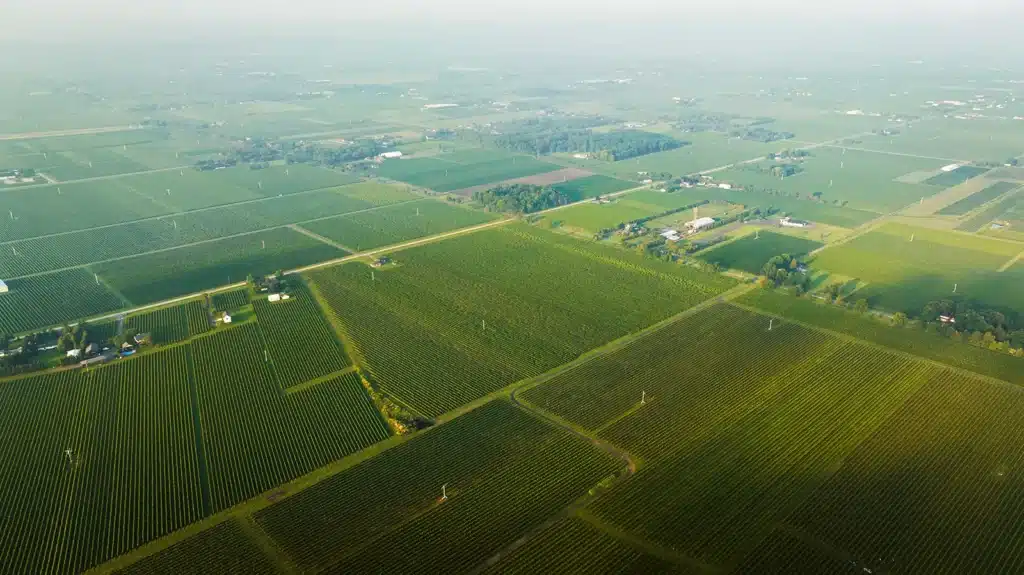
750000 acres of highly productive farmland
4782 farms protected by the Greenbelt
68% more revenue earned by Greenbelt farms per acre than the average Ontario farm
Safeguarding Water Resources
The Greenbelt includes the Niagara Escarpment and Oak Ridges Moraine, both of which filter and replenish groundwater and feed into the many river systems that flow through Canada’s most developed region.
The Greenbelt includes 33 Urban River Valleys and associated coastal wetlands, connecting its suburban and rural lands to Lake Ontario.
The Greenbelt’s invaluable hydrological features provide our communities with clean drinking water, flood protection, and healthy ecosystems for wildlife and humans alike!
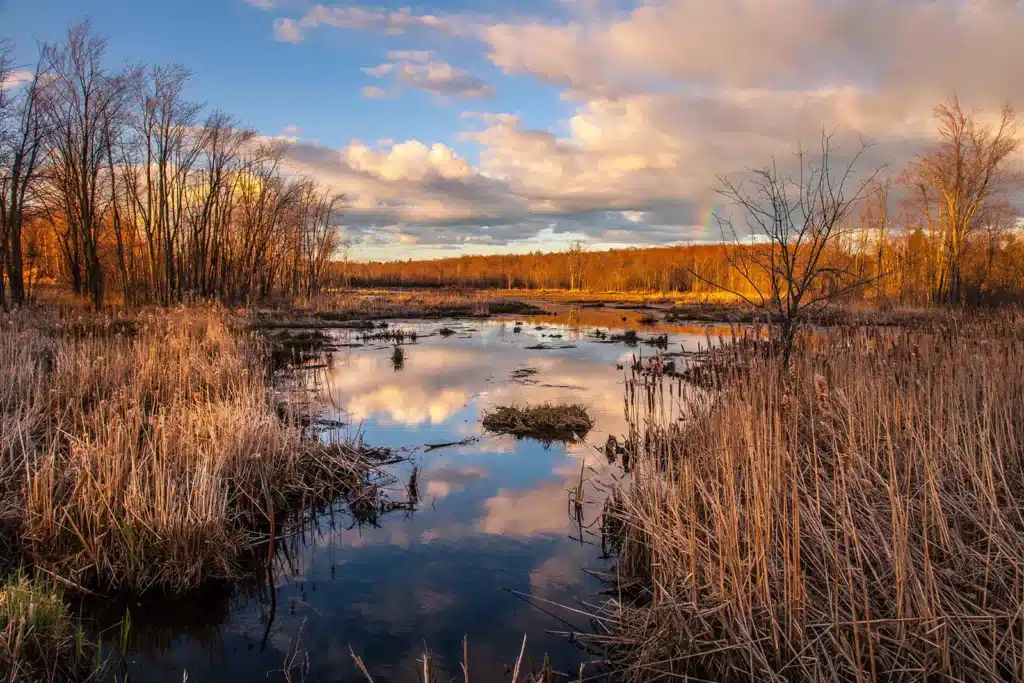
7 million Canadians affected by Greenbelt region water quality
6.5 trillion Litres of precipitation each year
Protecting Diverse Natural Ecosystems
The Greenbelt consists of 721,000 acres of protected forests, grasslands, and wetlands, and is one of the most biologically rich areas in all of Canada. Its diverse and vibrant ecosystems clean our air and water, provide home for wildlife, and ensure our communities have greenspace to explore.
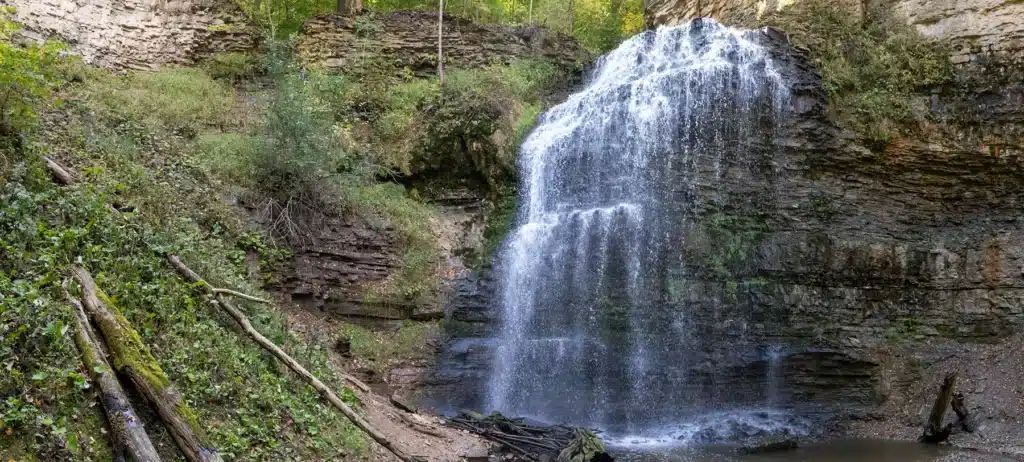
721000 acres of protected wetlands, grasslands, and forests
$3.2 billion in annual ecosystem services
78 species-at-risk protected

Ensuring Climate Resilience
The Greenbelt’s irreplaceable natural assets help mitigate against the impacts of climate change in Southern Ontario and make the region more climate resilient.
The Greenbelt’s forests, wetlands, and agricultural lands absorb carbon dioxide from the atmosphere and sequester carbon in our soils, helping to slow the impacts of climate change.
As well, the Greenbelt’s geological and hydrological systems help absorb rainwater, manage stormwater during severe weather events, and help to prevent costly flooding.
In times of drought, its healthy, connected ecosystems help provide a buffer against diseases and other stresses.
In a warming climate, the tree cover and vegetation of the Greenbelt keeps ambient temperatures down, and visitors can find relief from the heat on Greenbelt trails and in the region’s river valleys.
$224 million per year in flood protection services
71 million tons
of carbon offset each year
(equivalent to 56.5 million cars!)
Outdoor Recreation and Tourism
Ontario’s 2-million-acre Greenbelt provides world-class outdoor recreation and tourism opportunities!
It is home to thousands of kilometers of lush hiking trails, prolific cycling routes, dramatic shorelines, and accessible river valleys that can be enjoyed on foot, or by bicycle, canoe or kayak.
Beyond its natural attractions, the Greenbelt is a thriving, working landscape, home to diverse small towns and rural businesses.

76 million annual Greenbelt visitors
$3 million generated by Greenbelt tourism and recreation each year
75000 local jobs supported by the Greenbelt tourism and recreation sector
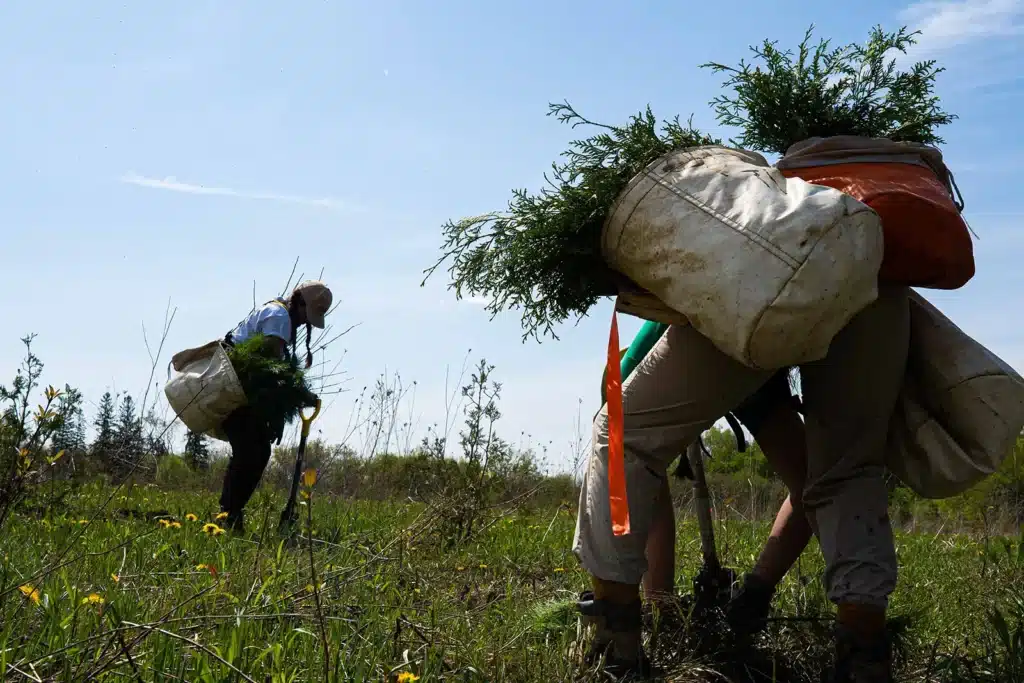
Thriving Rural Economies and Liveable Communities
Strong local economies bolstered by local food, farming, outdoor recreation, and tourism, help ensure Greenbelt communities are prosperous for generations to come.
$96 billion annual Greenbelt economic impact
177700 annual full time Greenbelt jobs related to rural economies

